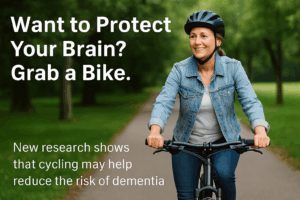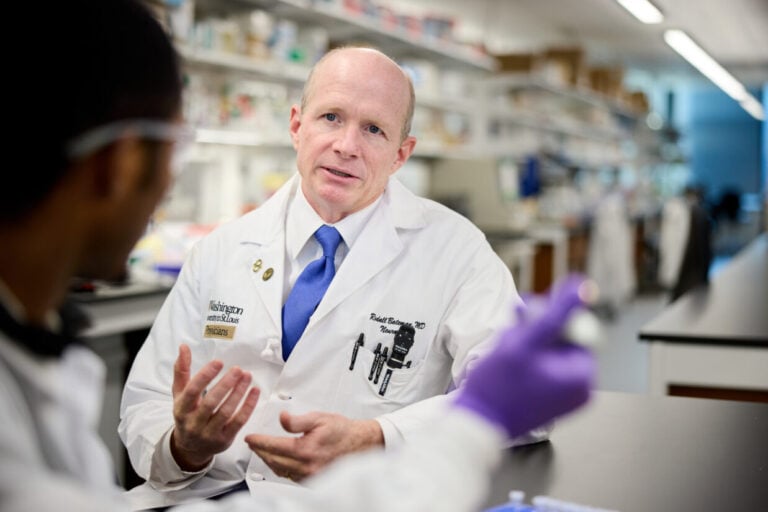RESEARCH:
A huge analysis of 323 studies sums up what you can do to help yourself avoid Alzheimer’s.
Check out these lists of ways to lower risk and increase protection.
Nine potentially modifiable risk factors may contribute to up to two thirds of Alzheimer’s disease cases worldwide, suggests an analysis of the available evidence, published online in the Journal of Neurology Neurosurgery & Psychiatry.
What to Do
The researchers suggest that preventive strategies, targeting diet, drugs, body chemistry, mental health, pre-existing disease, and lifestyle may help to stave off dementia. This could be particularly important, given that, as yet, there is no cure.
The researchers wanted to look at the factors associated with the development of Alzheimer’s disease in a bid to determine what people can do to reduce overall risk.
They therefore trawled key research databases, looking for relevant studies published in English from 1968 up to July 2014.
Out of almost 17,000 studies, 323, covering 93 different potential risk factors and more than 5000 people, were suitable for inclusion in the analysis. The researchers pooled the data from each of the studies and graded the evidence according to its strength.
Protective Effect
They found grade 1 level evidence in favour of a protective effect for:
- the female hormone oestrogen,
- cholesterol lowering drugs (statins),
- drugs to lower high blood pressure, and
- anti-inflammatory drugs (NSAIDs).
- folate,
- vitamin C
- vitamin E,
- coffee.
All of these were associated with helping to stave off the disease. The evidence also strongly pointed to the complex roles of pre-existing conditions as lowering the risk, such as a histiry of:
- arthritis,
- heart disease,
- metabolic syndrome, and
- cancer.
A number of studies have begun to associate cancer medications with a reduced risk of Alzheimer’s.
Heightened Risk
The pooled data indicated a strong association between high levels of homocysteine–an amino acid manufactured in the body–and depression and a significantly heightened risk of developing Alzheimer’s disease.
The evidence also strongly pointed to the complex roles of pre-existing conditions as heightening the risk. The factors associated with a heightened risk included:
- frailty,
- carotid artery narrowing,
- high and low blood pressure, and
- type 2 diabetes (in the Asian population).
Certain factors seemed to be linked to altered risk, depending on the time of life and ethnic background.
For example, high or low body mass index (BMI) in mid-life and low educational attainment were associated with increased risk, whereas high BMI in later life, exercising one’s brain, current smoking (excluding the Asian population), light to moderate drinking, and stress were associated with lowered risk.
There were no significant associations found for workplace factors.
The researchers then assessed the population attributable risk (PAR) for nine risk factors which had strong evidence in favour of an association with Alzheimer’s disease in the pooled analysis, and for which there are data on global prevalence.
PAR refers to a mathematical formula used to define the proportion of disease in a defined population that would disappear if exposure to a specific risk factor were to be eliminated.
The nine risk factors included:
- obesity,
- current smoking (in the Asian population),
- carotid artery narrowing,
- type 2 diabetes (in the Asian population),
- low educational attainment,
- high levels of homocysteine,
- depression,
- high blood pressure
- frailty.
The combined PAR indicated that these nine factors, each of which is potentially modifiable, contribute up to around two thirds of cases globally.
This is an observational study, so no definitive conclusions can be drawn about cause and effect, but the researchers suggest that preventive strategies, targeting diet, prescription drugs, body chemistry, mental health, underlying disease, and lifestyle might help curb the number of new cases of Alzheimer’s disease.
Source:
Reference:
- Wei Xu, Lan Tan, Hui-Fu Wang, Teng Jiang, Meng-Shan Tan, Lin Tan, Qing-Fei Zhao, Jie-Qiong Li, Jun Wang, Jin-Tai Yu. Meta-analysis of modifiable risk factors for Alzheimer’s disease. Journal of Neurology, Neurosurgery & Psychiatry, 2015; jnnp-2015-310548 DOI: 10.1136/jnnp-2015-310548











